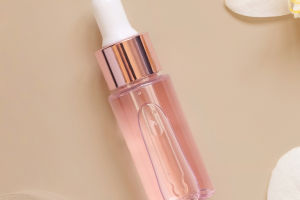In the realm of color, the striking combination of yellow and blue offers a powerful visual impact and aesthetic allure.
This contrast not only produces a vivid visual effect but also evokes a distinctive emotional and artistic atmosphere.
The interplay between yellow and blue is prevalent across various domains, including art, design, and everyday life. This color pairing introduces a fresh sense of hierarchy to our visual experiences through both contrast and harmony.
Yellow is an energetic and positive color, symbolizing sunshine, warmth, and hope. It can ignite creativity and enthusiasm, often evoking feelings of joy and excitement. On the color wheel, yellow stands directly opposite to blue, creating a dynamic contrast.
The brightness and vibrancy of yellow juxtapose sharply with the tranquility and calmness of blue, making yellow appear even more vivid and eye-catching against a blue backdrop.
Conversely, blue signifies tranquility, reason, and serenity. It conjures images of the expansive sky and the deep ocean, instilling a sense of peace and calm.
The juxtaposition of blue's calmness with yellow's fervor creates a captivating contrast that not only draws the eye but also stirs the viewer's emotions. The depth of blue and the brightness of yellow intertwine to achieve visual equilibrium and harmony.
In artistic creation, the yellow-blue color contrast is frequently employed to generate dramatic effects. Numerous renowned artists and designers utilize this color pairing to amplify the expressiveness of their work.
For instance, during the Renaissance, the contrast between yellow and blue was commonly used to emphasize the relationship between characters and backgrounds, adding vibrancy and depth to the compositions.
In modern art, this color contrast remains popular in abstract art and graphic design, enhancing visual impact and artistic expression.
Interior design also benefits from the yellow-blue color combination. Yellow's vibrancy can infuse an interior space with energy and dynamism, while blue contributes to a tranquil and inviting atmosphere. Through strategic color use, designers can create rich visual layers and a harmonious ambiance within a space.
For example, in a living room dominated by blue, incorporating yellow accents or furniture can brighten and enliven the entire area. Similarly, yellow elements can contrast with blue walls or carpets, enhancing the visual appeal of the space.
Beyond art and design, the yellow-blue color contrast holds significant potential in daily life. In fashion, this color combination can reflect style and individuality.
Whether it’s a bright yellow dress paired with a dark blue coat or yellow shoes matched with blue trousers, this contrast helps the wearer stand out. Additionally, this color scheme is effective in home accessories, such as cushions, curtains, and rugs, where it can infuse a space with vibrancy and vitality.
The contrasting interplay of yellow and blue offers not just a visual aesthetic experience but also an emotional expression. The energetic clash of yellow and the serene balance of blue produce a unique visual effect and artistic allure.
This color combination plays a vital role in artistic endeavors, interior design, and everyday life, offering abundant possibilities for enriching our visual and emotional experiences. As we move forward, exploring the yellow-blue contrast in future creative and design projects can uncover further artistic value and potential.


